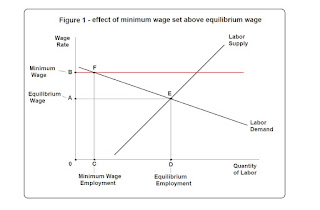
Mostly summarized from Gregory Mankiw’s Principles of Economics, 5 th Ed. PART 5 Firm Behavior and the Organization of Industry Chapter 16 of 36 Monopolistic Competition Section 2 of 15 … In a book store you find mystery books, history books, and many others. When you choose a book and buy it, are you participating in a competitive market? The market for books seems competitive, there are many authors and publishers. Buyers in this market have thousands of competing books to choose from. Anyone can enter the industry by writing and publishing a book, limiting sales and profits for each. … But in a way the market for books is monopolistic. Each book is unique, so publishers · have some choice of what price to charge · are price makers rather than price takers The price of books greatly exceeds marginal cost. The price of a typical hardcover book is about $25. The cost of printing one additional copy of the book is less than $5. The market...



